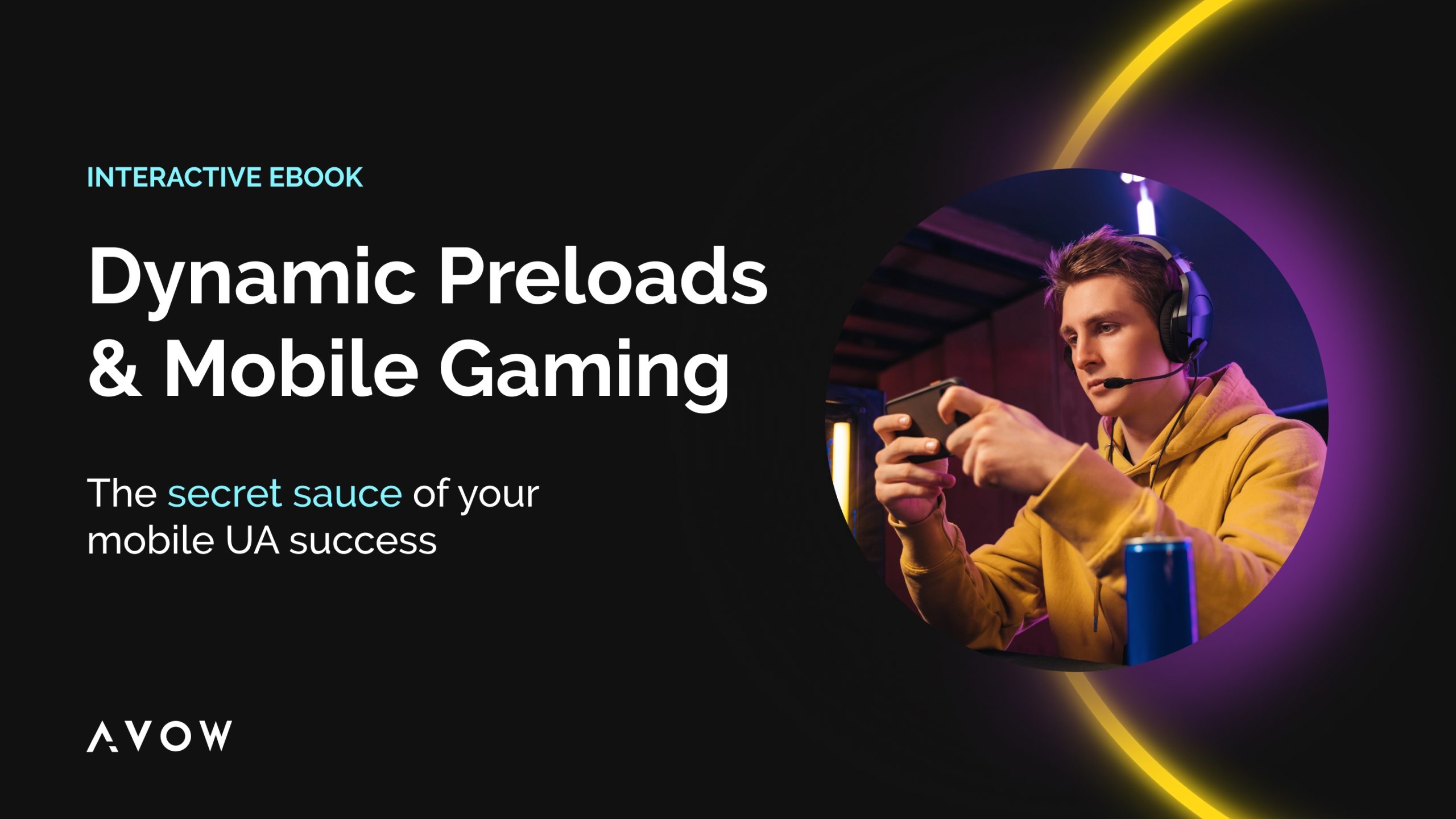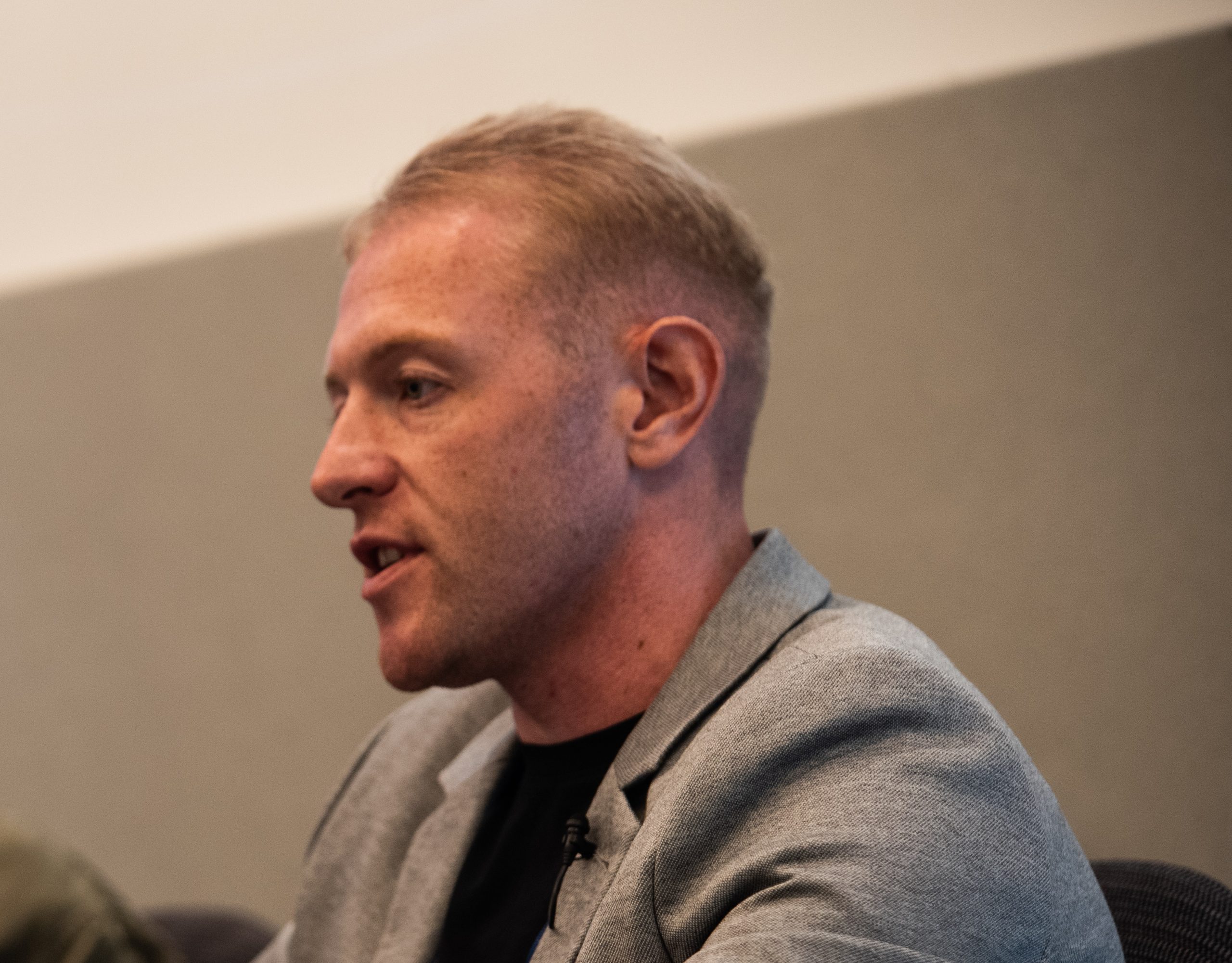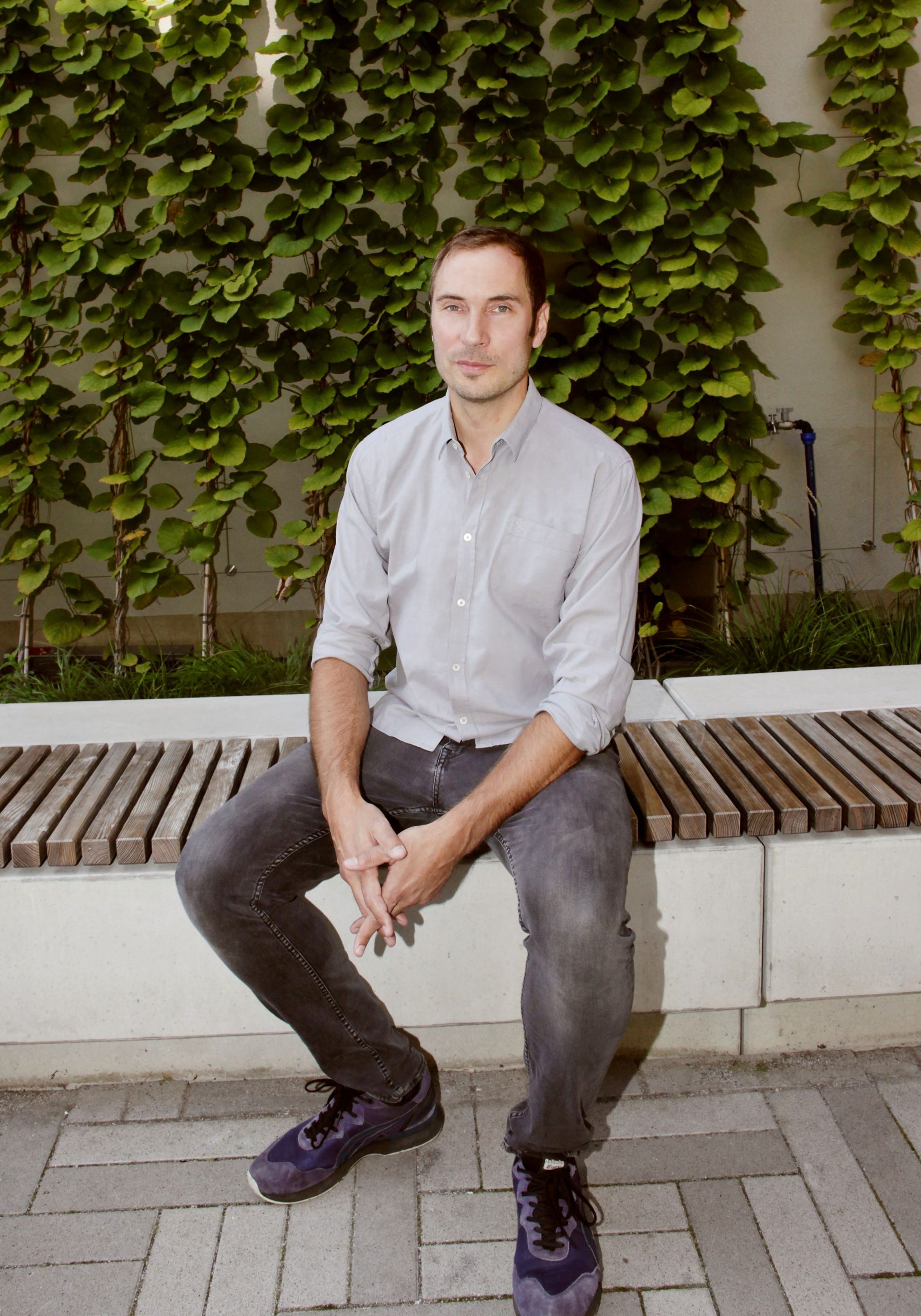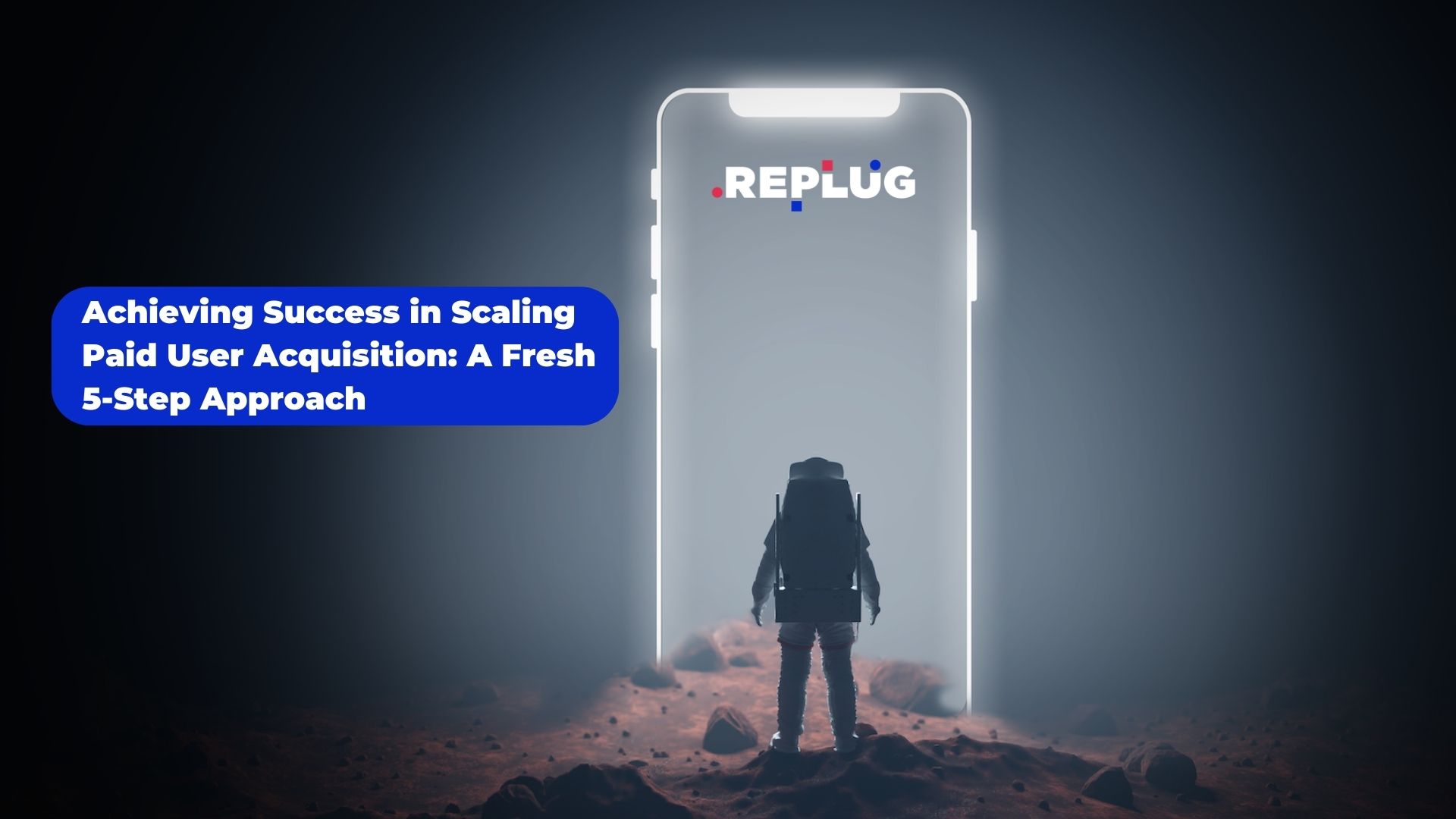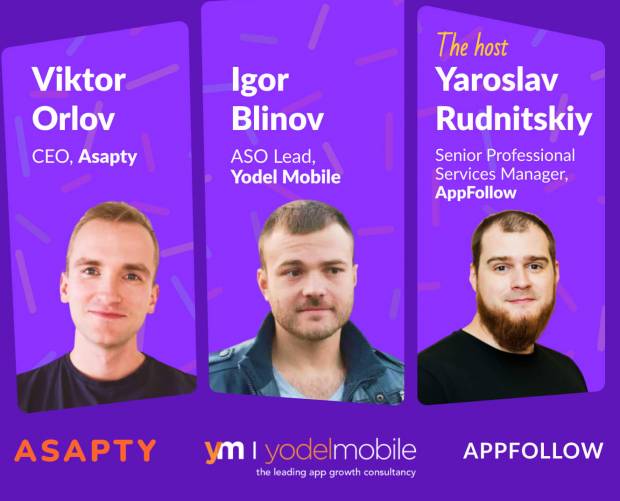The future of advertising
- Thursday, September 12th, 2019
- Share this article:
Dal Gill, global head of programmatic at Seedtag, looks at the future of advertising.
 A lot has already been said about the future of advertising. Year after year, industry thought leaders dare to make their own personal predictions for the upcoming years. Predictions may vary, but there certainly has been a common consensus: new technologies are change drivers.
A lot has already been said about the future of advertising. Year after year, industry thought leaders dare to make their own personal predictions for the upcoming years. Predictions may vary, but there certainly has been a common consensus: new technologies are change drivers.
Truth be told, I do not like to make predictions about something as uncertain as the future, because as much I would like it, there is still no technology that allows us to look into the future. This article simply aims to help you imagine what advertising will look like a few years from now, within a completely different reality paradigm. To do so, it is important to get a better understanding of what are the new exciting technologies everyone seems to be talking about, and what their role could be in changing the reality as we understand it today.
Past and present
Looking backwards make us realize how far we have come in a few decades. While our parents lived in an offline reality and were lucky enough to grow up with a TV at home, new generations have grown up literally stuck to the various screens at their disposal.
Today we are constantly connected and spend an important part of our time hidden behind the screens of our devices. A recent study by GlobalWebIndex found that consumers spend an average of 5.5 hours per day on the internet, whether on a mobile phone, a computer, or a tablet, switching between screens more than 20 times per hour. Another report from the IAB even stated people scroll through as much as 90 metres of web content each day – the same height as the Statue of Liberty.
The internet has also enhanced personal communications. It allows us to be in touch with our loved ones and share vast amounts of information anytime with anyone in the world. To get an idea of how much we use these new social media channels, it is estimated that more than 300m photos are uploaded to Facebook and 800m likes reactions are given every day, according to OMG Marketing.
However, a lot of our routine daily activities still take place within the analogue world: most people still make their own shopping list, go to the supermarket themselves, take the medicines they need and keep track of their schedule, even using paper agendas and writing down their appointments and meetings.
As time passes by, it is becoming more obvious that the line between online and offline realities will eventually fade, making it extremely difficult to differentiate both.
A glimpse into future technologies
Most people refer to technology as an entity that is shaping the new reality around us. The thing is, however, technology, although written in singular, is not a single thing. There are different many technological developments going on as we speak, with effects that are becoming tangible now and will persist in the future ahead.
Take for example 5G technology: the next generation of mobile internet connection that will gradually replace 4G. This will have a huge impact, as we will all experience an important speed increase in downloads and uploads. 5G will be at the base of the technological revolution that is approaching.
Virtual reality (VR) and augmented reality (AR) are also the next big thing in technology, as they are capable of immersing us into a different world, with just the addition of some hi-tech gadgets. While virtual reality showcases an artificial environment developed through a software solution, augmented reality overlays virtual objects in the real-world environment.
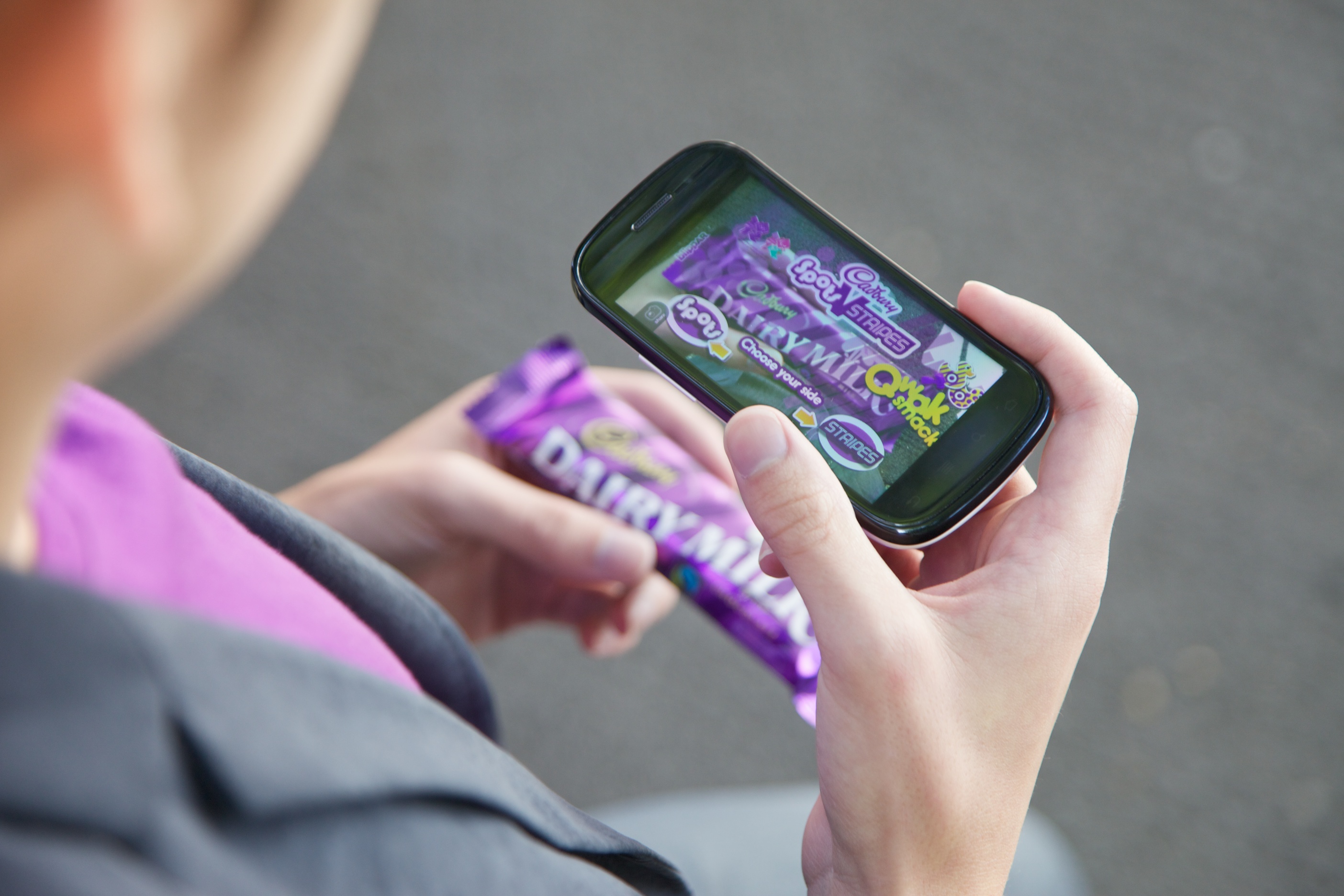
Apart from the well-known gaming uses, creating scenarios, they also have more practical applications that will be embedded into our lives gradually, making them easier. Training, interior design or medical deployments like surgical interventions are just some examples of the fields where they will make a difference.
Mixed reality technology (MR), which is also known as extended reality, combines the best of the two technologies mentioned above. It will offer virtual services that will make the physical and digital worlds converge in an incredibly seamless way.
Directly related to a lot of healthcare improvements are cyborgs. We can now find cyborgs capable of helping people with disabilities. People who suffer from diabetes can wear devices that control their blood sugar levels in real time. Soon, these cyborgs will not only help us be healthier, but will also will boost our capabilities, gifting us with “superpowers”. Even robots are bound to be completely integrated within our daily routines. The IoT (internet of things) also offers endless possibilities, as everyday objects such as a fridge or a bathroom mirror will be able to send and receive data, making our daily lives much easier.
And last, but not least, we should mention artificial Intelligence (AI), the software behind all the aforementioned technologies, which will allow them to operate properly.
A new paradigm
If you have read to here, you should have no doubt about the impact technology will have in our lives and how it will drive such a drastic change, building a new reality paradigm. Not only our daily habits will be affected, but also many industries, including advertising. For advertisers, these changes will have an impact on their strategies.
Here, we will dig deeper into two key changes: an exponential growth in available advertising inventory and a similar boost in the amount of personal data available.
Thinking about advertising inventory, what would happen if all the appliances in our homes were connected to the internet? Every gadget around us would be capable of making suggestions or offering us products and services. Everything would become then, potential advertising inventory, allowing brands to reach consumers anywhere and anytime.
If we talk about data, here is a surprising stat that will help us to understand the current trend: it is estimated that 90 per cent of the world’s data has been created in the last couple of years. Isn’t that amazing? Following this train of thought, you could easily imagine how the amount of data will increase exponentially in the near future, thanks to all the new data collection points.
As users interact with connected devices, they will leave a trail, enabling brands to keep track of all their moves, tastes, preferences and transactions. All data collected and analyzed will result in detailed personal profiles of every one of us.
Challenges ahead
As data and inventory increases, however, the advertising industry will need to rethink its strategies. New opportunities will probably come along with inexorable related obstacles to overcome.
The increase in available inventory will be challenging. The average consumer is exposed to 10,000 advertising messages a day, and this number will be boosted, with its related consequences. Brands will need to be cautious and aware of users’ sensitiveness, trying to not annoy them and maybe developing immersive and integrated experiences.
New, sustainable and non-intrusive data collection strategies will be required, as consumers are now more aware than ever of their rights and fully protected by a wide range of privacy regulations. Furthermore, brands will be forced to make an extra effort when it comes to understanding and leveraging data, due to the vast amount of it available. When not wisely managed, data is useless and has no impact on campaign results.
If brands handle this new situation correctly, it will end up being a win-win situation for them: users will be more willing to give their data as brands would actually be able to improve their lives by offering advice and recommending products the consumer actually needs or is interested in.
Down to earth: sponsorships powered by AI at seedtag
In our current saturated environment, brands are wondering how they can cut through the noise and create meaningful relationships with customers, now that attention spans are limited and users are constantly bombarded with content. The answer is: through AI. Artificial Intelligence has the ability to automate content creation at scale, allowing advertisers to deliver tailored experiences that trigger users’ emotions. Soon, the one-size-fits-all approach will be obsolete. Messages and creatives will be designed to build a strong emotional connection with each person.
At Seedtag, technology, and more specifically AI, is at the heart of everything we do. It helps us reach hundreds of millions of people and match their interests in real time. But AI is just a generic name, our proprietary technology has its own name: Cognitive Content Analysis, and it is capable of providing a human-like understanding of the content.
As our In-Image solutions are displayed only on article’s image space, the link between brand and content is stronger and the experience more pleasant, as users do not see their navigation disturbed at all.
These AI-powered campaigns have proved to deliver outstanding results when it comes to building an association between brands and certain events, whether the brand has an official sponsorship agreement or not.
Automotive brand, ŠKODA, used our solutions to transfer its sponsorship to a 100 per cent online environment, boosting the association between the brand and the third most followed sporting event in the world, The Tour of France. This event alone generates 4m page views each year and it is followed by 2bn spectators in 200 countries. ŠKODA led a strategy to own all event-related content through our highly viewable and user-friendly solutions.
Microsoft, on the other hand, did not have a sponsorship agreement, but one thing was clear: the brand was committed to focus its communication on style and design, matching up with its new laptop launch, the Surface Pro 6. To do so, the brand decided the Paris Fashion Week, held last February, was the perfect event: a worldwide symbol of elegance and style. All images published on this content were the perfect placement for the brand to display their ads, obtaining high levels of viewability and engagement among its target audience.
Going forward, we expect more and more brands to leverage the incredible power of AI.





